Of all the five senses, sight is perhaps the one we rely the most on, using it as a form of evidence gathering, decision-making, and to understand the world around us. Ironically, the human eyes are not the most objective of senses and thus can be easily guided by illusions. However; this is not always a disadvantage since it also enables us to modify our view of surroundings and mold them according to our own tastes using limited resources.
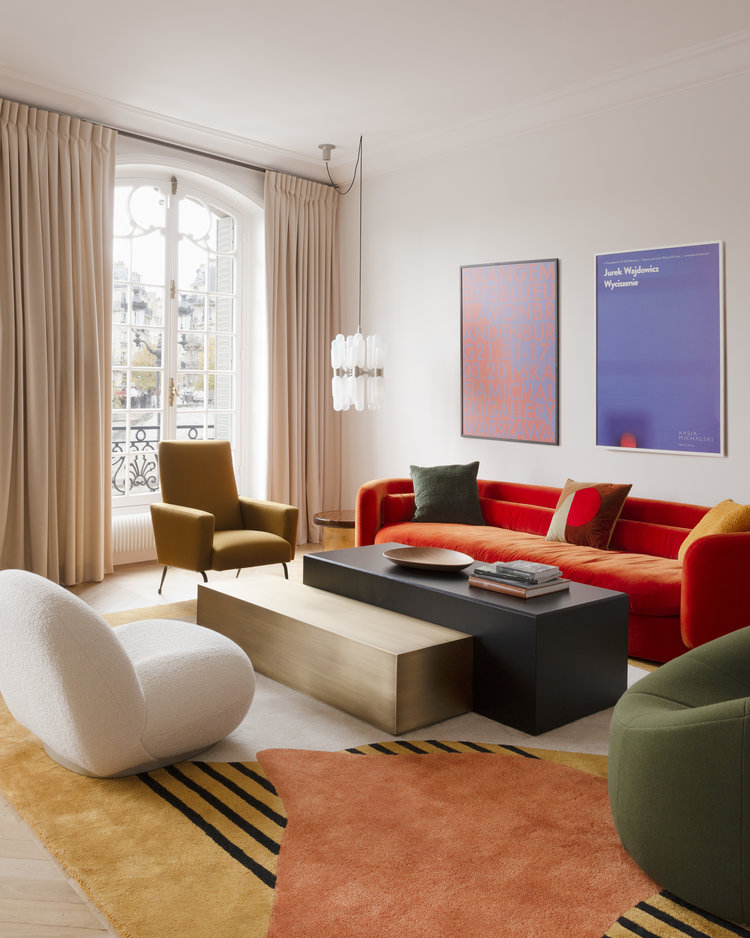
One of such resources is color; which is in itself a sensation produced through our perception of the different wavelengths of light. It is not objective to begin with, however our individual view and history with different colors can guide important decisions such as the interior design of our home, the places we wish to visit, and even our feelings. Besides using colors as aesthetic elements and guiding our décor choices based on taste, we can also look at the functional and transformative power of color to influence our spatial perception and the overall mood and ambience in a room.

Enlarging a space
Firstly, we can use color to create the illusion of a larger space with light tones such as whites, pastels, and neutrals. These shades tend to make a room seem more expansive by reflecting light and creating an open atmosphere. This method works well in smaller rooms where you want to avoid a claustrophobic feeling by painting walls, ceilings, or even selecting furniture in light shades.
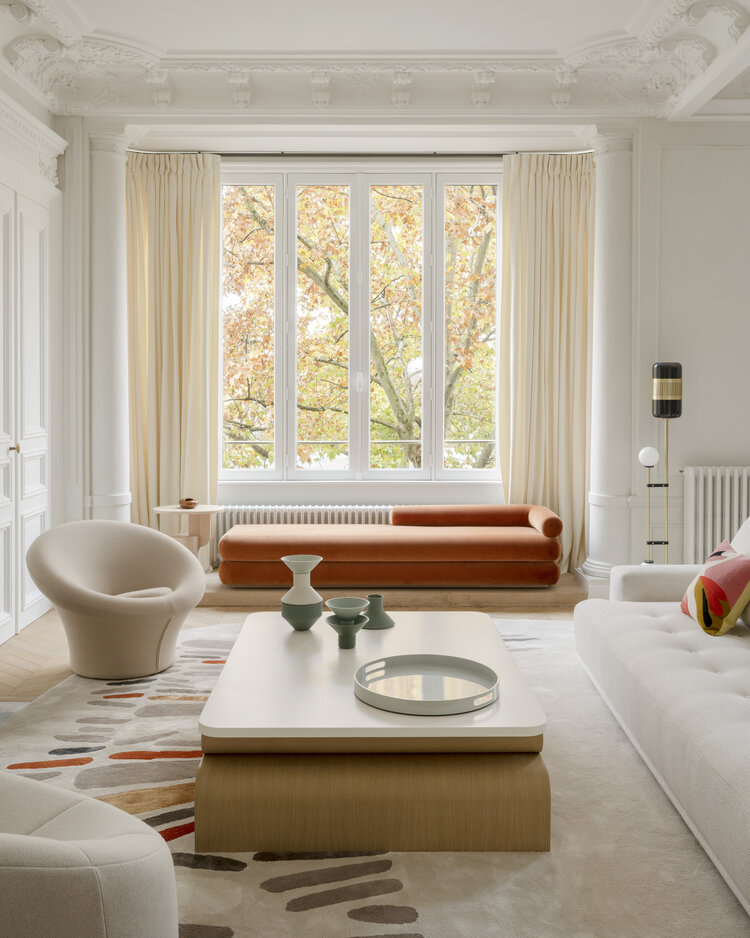
Besides transforming a room with soft neutral shades like whites, creams, and pale greys, one can also consider the use of mirrors to strategically reflect light and enlarge a space. This effect is also enhanced by incorporating light colored flooring materials such as wood or white tiles where natural light can easily be reflected and expand the dimension of a room.
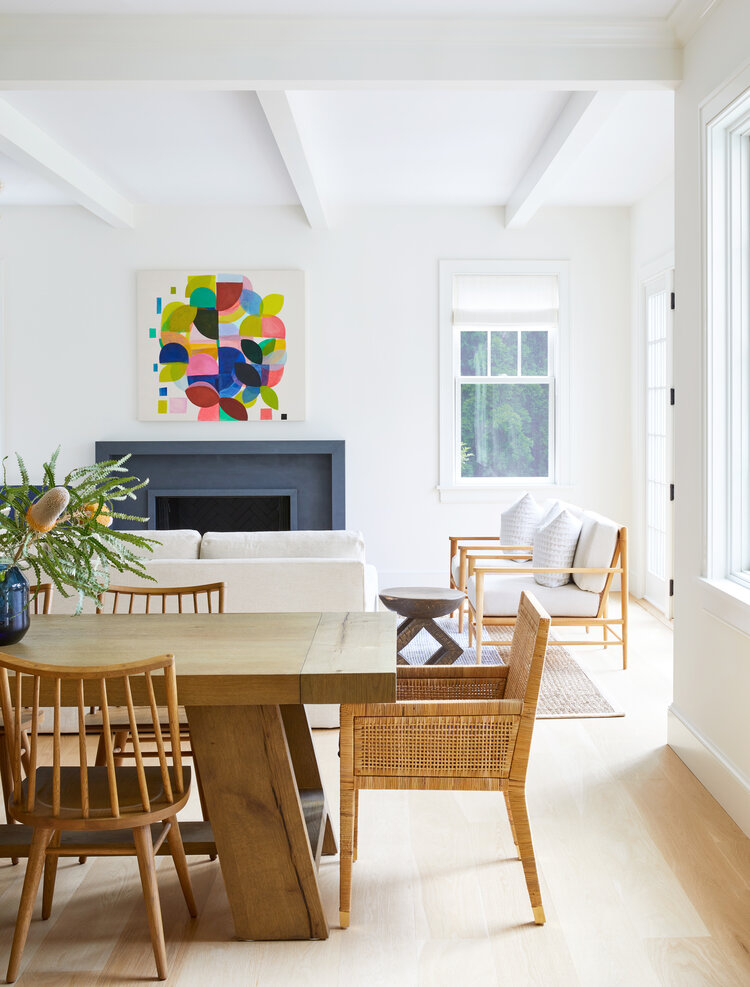
Enhancing depth and dimension
Another way of creating the illusion of spaciousness is requires looking at depth. A space can be enlarged through the technique of painting the farthest wall in a darker color than its surroundings. In fact, darker colors in recessed areas or architectural features such as alcoves are also subtle ways of adding dimension and sparking visual interest since they break away from the monotony of monochrome surfaces.

The same can be achieved by using textured wallpapers or panels in various shades which guide our gaze across the room’s expanse, making the area seem wider than it is. Even if one cannot tear down the walls to create more space, what we can do is transform them with visually striking and engaging elements such as colors and patterns. If we maintain the sides of a room brighter while painting a single wall in a darker shade, the effect will be instantly recognizable in the sudden growth of our space.
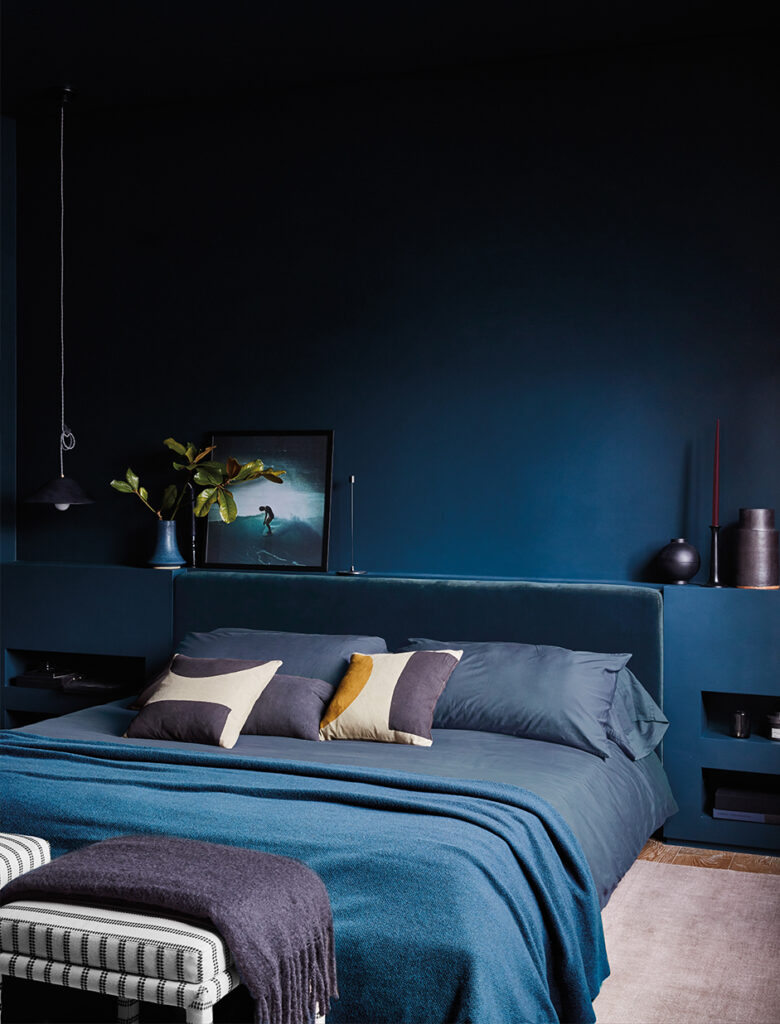
Altering a room’s height
Surprisingly, the influence of color can go as far as also modifying our perception of height by using a similar technique as we use to enhance the depth of a room. To make a low ceiling appear taller, one must paint it a lighter shade than the surrounding walls; this serves to draw our gaze upwards and creates the illusion of a vertical space. However, if a room has a high ceiling and you are opting for a cozier interior, the opposite strategy is applied- painting the ceiling darker to make it appear closer and lower than it is.
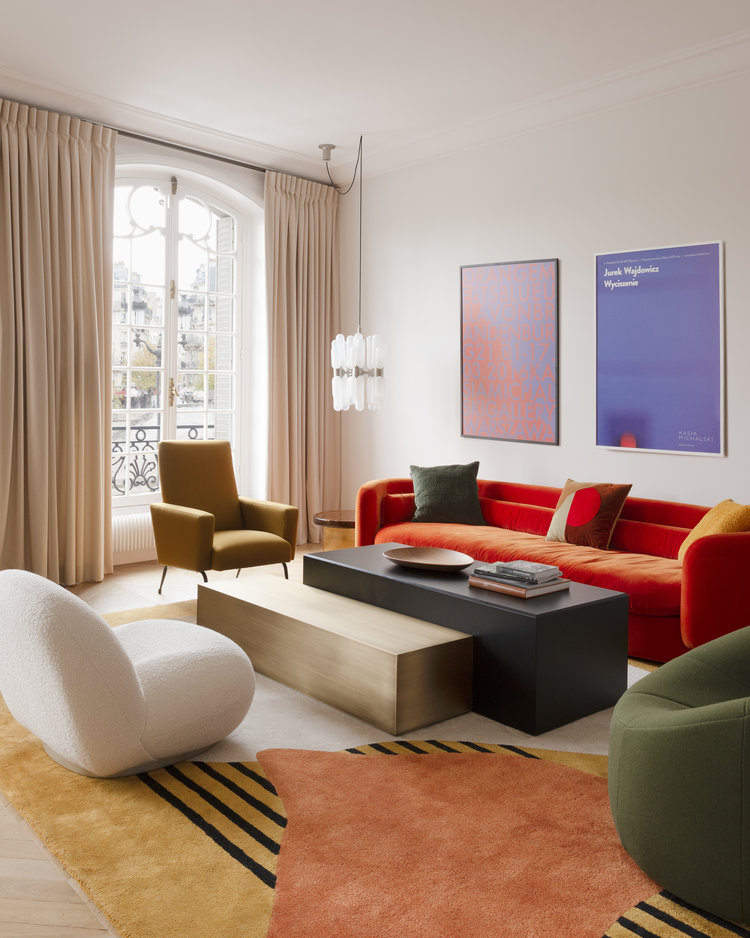
Transforming a room’s height, nonetheless, requires more than just shading contrasts. On the one hand this straightforward and accessible method provides a simple solution; however, another creative approach is to combine it with the use of vertical stripes or patterns on walls to elongate a space. In addition, one can also create the impression of height by hanging curtains or drapes above the actual window frame. Meanwhile to shorten the ceiling, an additional strategy uses horizontal color blocking which places a contrasting color to the upper wall portion or applying decorative moldings along the top edge of the walls. Both techniques draw the eye horizontally, diverting our attention from the ceiling height.
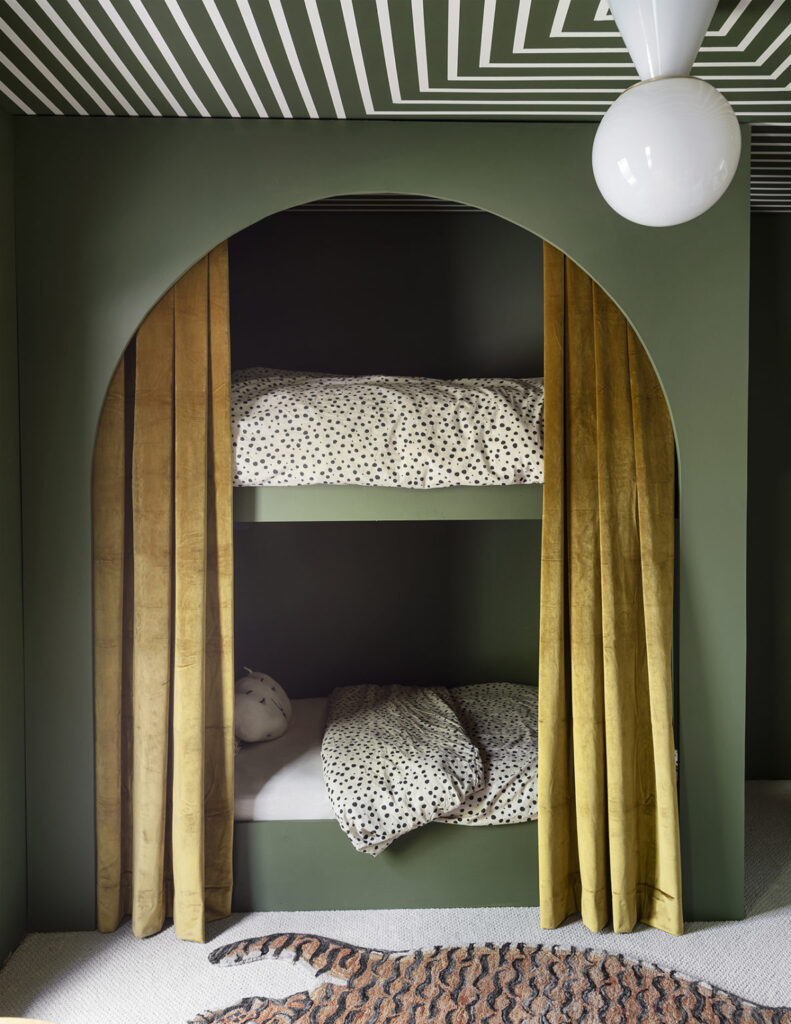
Defining zones and focal points
Besides transforming the size and proportions of a room, colors can also create spaces and define zones to establish a sense of order and a multipurpose quality within each space. For example, contrasting colors or accent walls build visual separations that define areas for different purposes such as a study area, a reading nook, or dining hall.
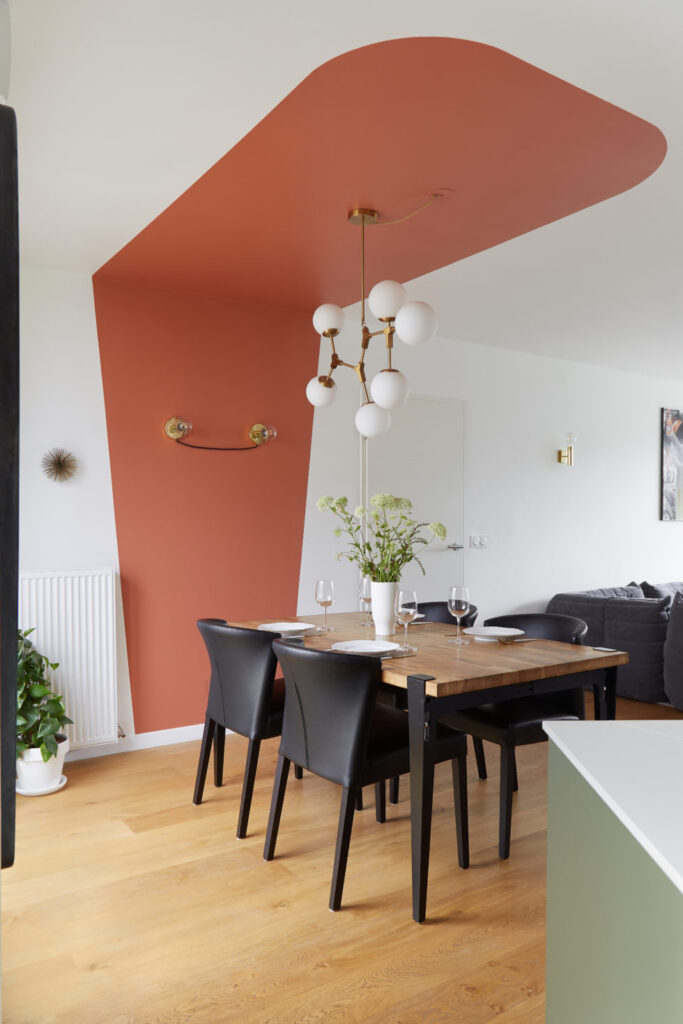
Additionally, we can draw the viewer’s eyes to points of interest with color by highlighting architectural details that can instantly become focal points such as a grant staircase, a marble fireplace, or even a colorful shelf displaying a prized collection. This approach encourages us to embrace boldness by selecting contrasting bright or unexpected colors to define specific areas and create the opportunity for visitors to observe and admire the interior features that you are most proud of.
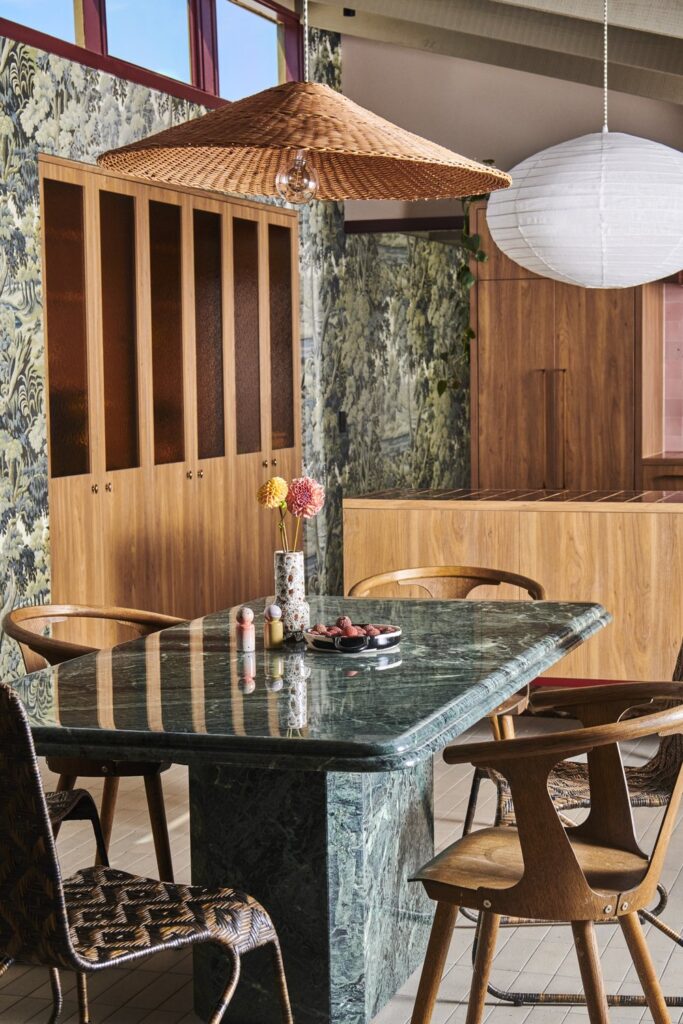
Modifying our perception of temperature
The weight of color on the human eye is so significant that it can even impact the way we perceive temperature. For instance, warm colors like reds, oranges and yellows evoke a cozy and intimate atmosphere while cooler tones such as blues and greens have a calming and refreshing effect. Thus, each tone can weave a particular ambiance based on their position in the color spectrum with respect to cool and warm colors and their potential combinations.
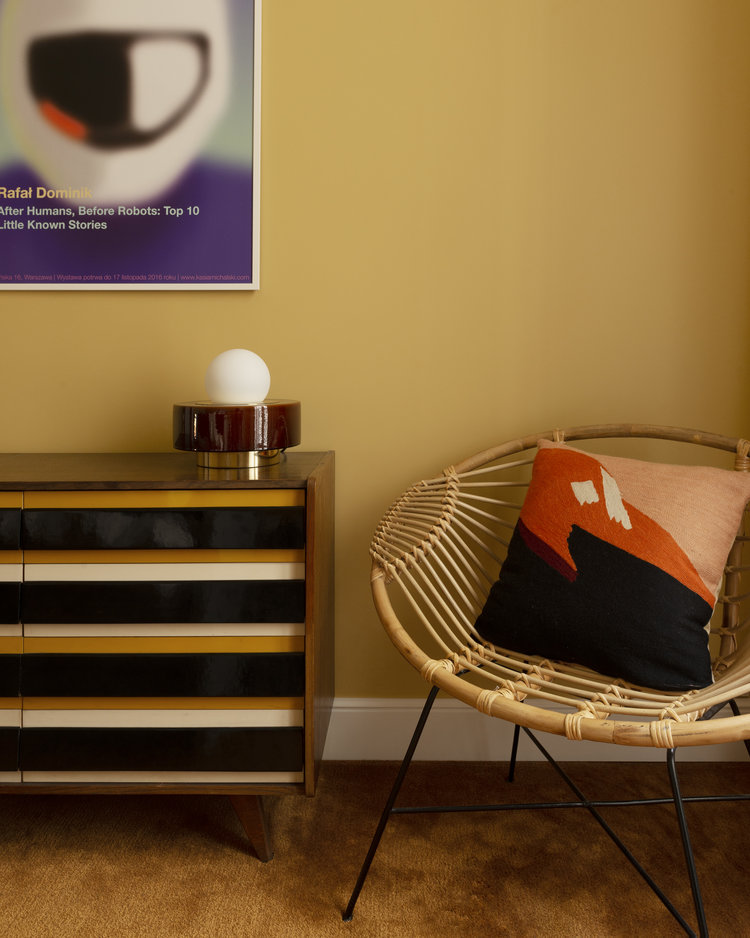
Beyond the division of cool and warm colors, we can also consider how light and dark tones modify the ambience of a room. Naturally, lighter shades tend to reflect more light and give a sense of airiness that makes a room feel brighter and visually cooler. On the other hand, incorporating darker elements like furniture, ruggs, or accent walls creates a sense of intimacy that brings warmth to a room.
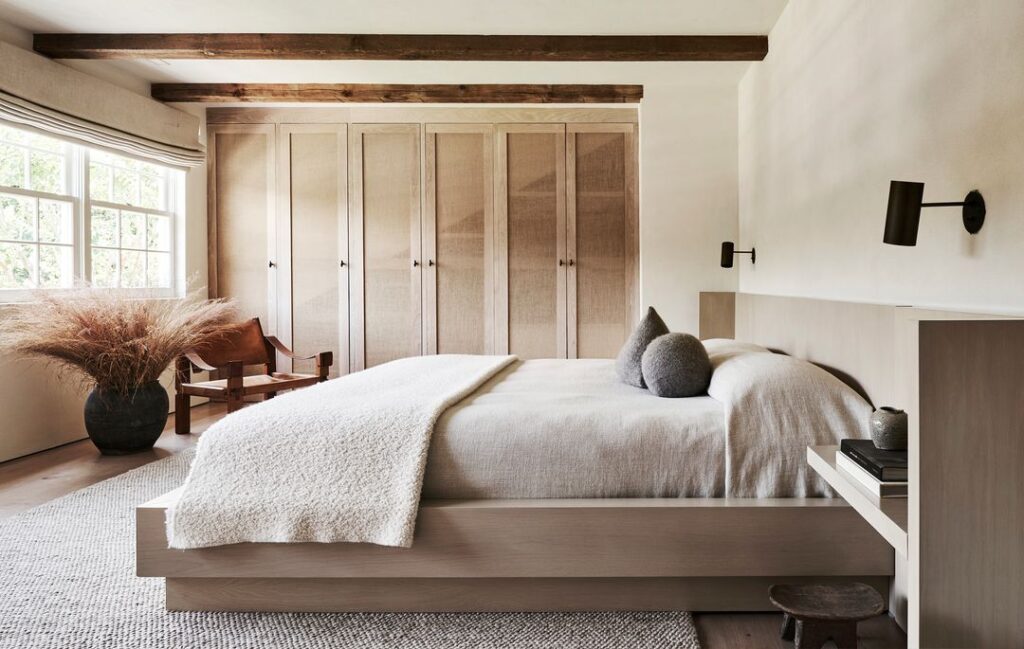
Final note on color psychology
As we have described in this article, colors are one of the main means to understanding the world around us; however, besides tools which we use to modify our surroundings, colors can also influence our own emotions and even the ways we perceive temperature. The psychological effects that colors have on individuals can vary from a sense of tranquility associated with blues and greens, or the energizing quality that yellows and oranges endow us with. Moreover, without needing to tamper with the architectural features of our interiors, we can easily transform our spaces into more welcoming, habitable and engaging areas while having in mind that the colors we choose have the capacity of changing even our mood.
